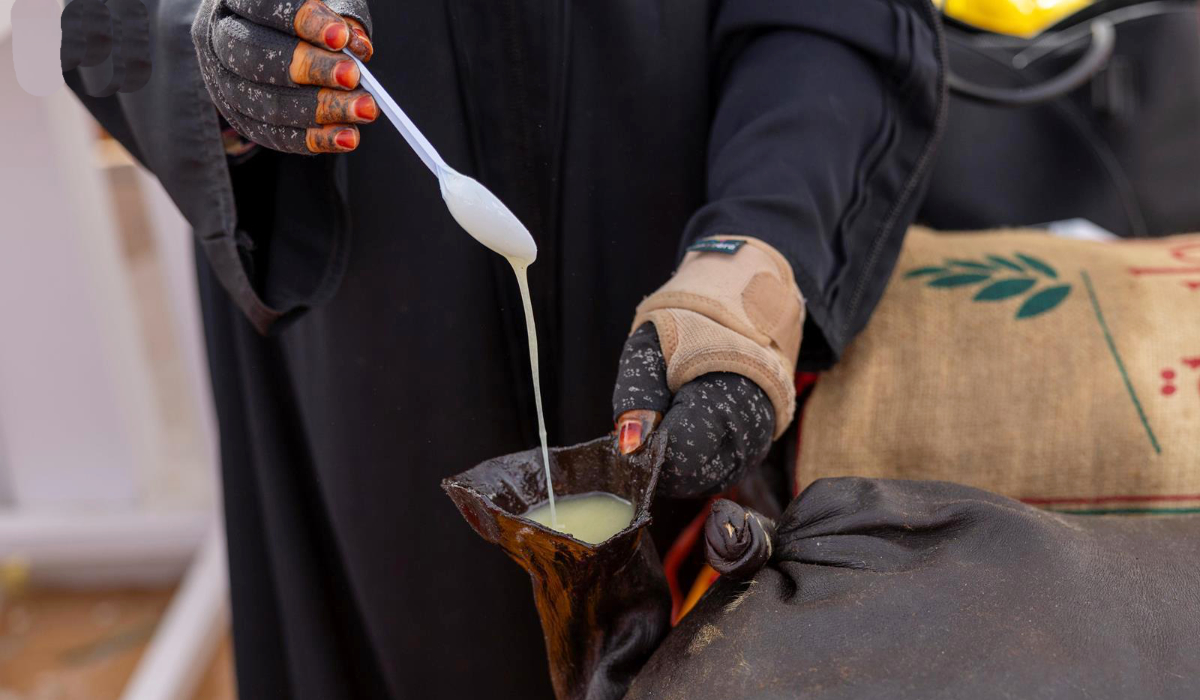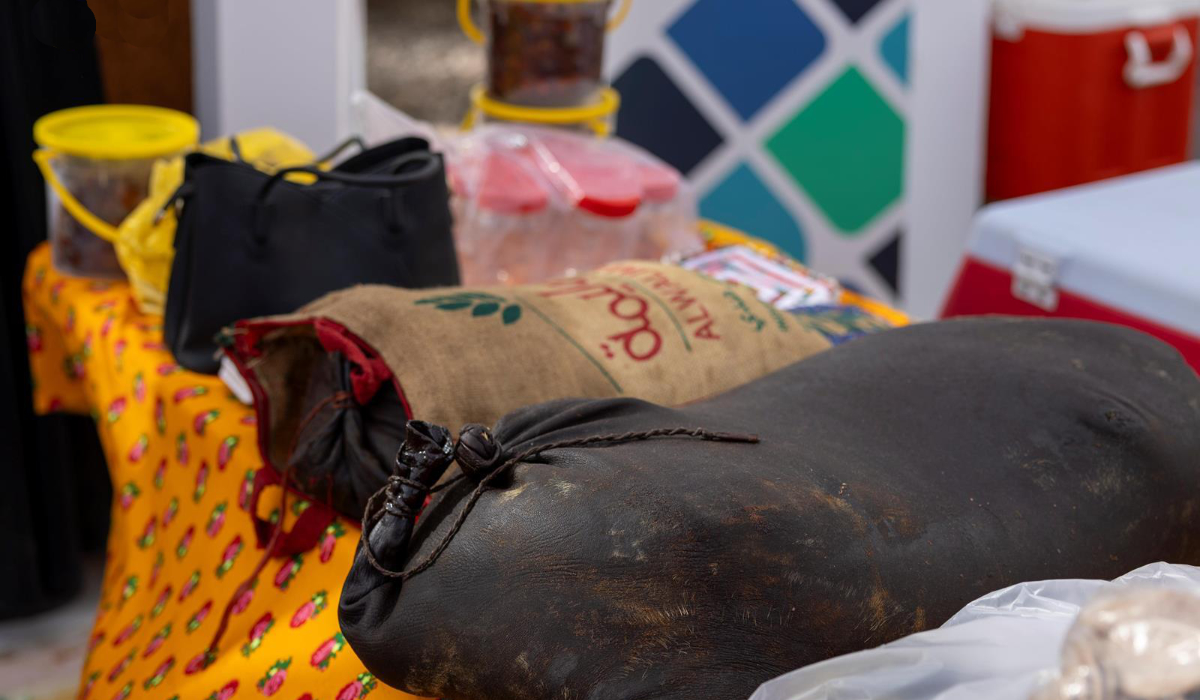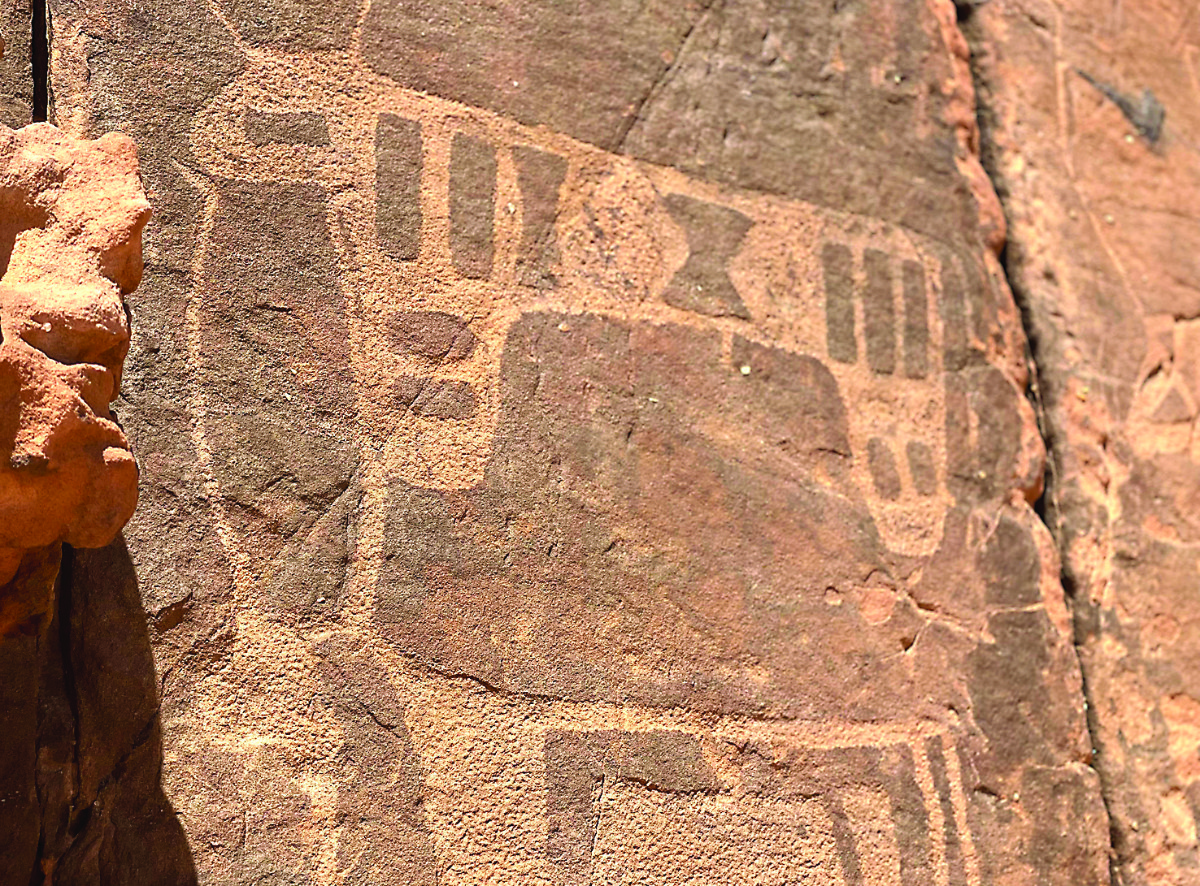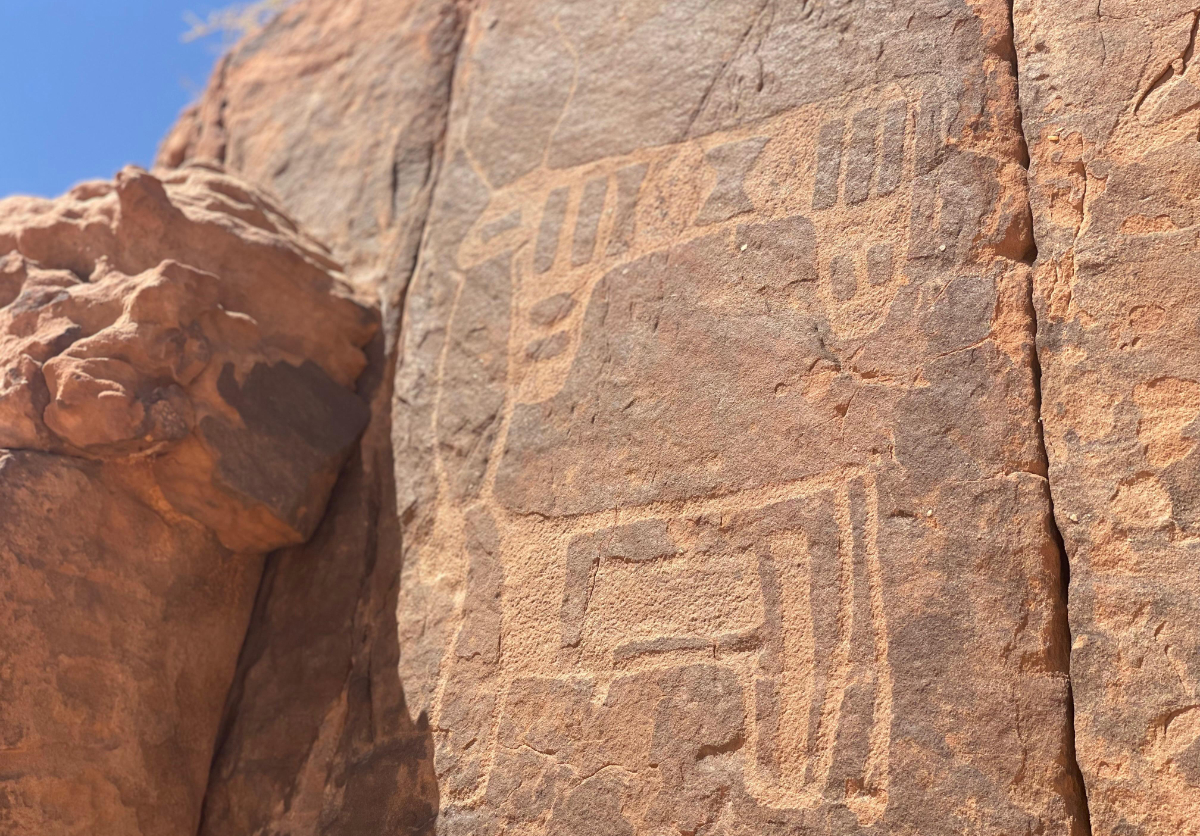In Quebec, old world Europe combines with North American splendor to create a place like no other. In terms of size, Quebec is the largest province in Canada and it’s the only province where French is the sole official language. Interestingly for French speaking visitors, isolated from France for centuries, Quebec has developed its own “accent” which is similar to the one in France in the 16th century.
As predominantly French speaking, Quebec is one of the only areas in North America to have preserved its Francophone culture. This gives the province a unique European feel, combined with the type of awe-inspiring natural scenery that North America is so famous for. Quebec City is the capital of the province and is located at a commanding position on cliffs overlooking the St. Lawrence Seaway. The city has a remarkable history as the fortress capital of New France since the 16th century. The Old Town is a UNESCO World Heritage Site and Quebec is the only city in North America, outside of Mexico, that still boasts its original city walls.
Today, it is a tourist district packed full of small boutiques and hundreds of historical and photogenic points of interest. Some of the buildings are original structures, while others are built in the same style and architecture as former buildings. Walking is the best way to get around the Old Town, thanks to its compact layout, and, beautiful old buildings and little vistas can be found around every corner.
One of these sights is Montmorency Manor, which was built in 1781 as the summer residence of Prince Edward, Duke of Kent, and father of Queen Victoria. Meanwhile, the postcard-pretty Place Royale or town plaza is the heart of historic Lower Town. This is the spot where Samuel de Champlain landed in 1608 and founded the first French settlement in North America. This moment is immortalized in a large mural covering the entire side of a nearby building. The Chateau Frontenac is a Quebec City icon and holds the Guinness World Record for being the most photographed hotel in North America. The hotel was designed by American architect Bruce Price as one of a series of “chateau” style hotels built for the Canadian Pacific Railway company. Currently owned by Fairmont hotels, it holds a commanding position perched atop a tall cape overlooking the Saint Lawrence River, affording a spectacular view across the city. While Quebec City is the political capital of Quebec Province, it is Montreal that is considered to be the cultural and economic capital. The second largest city in Canada, it is a city rich in culture and history and has a well-deserved reputation as one of the liveliest cities in North America. Situated on an island in the St. Lawrence River, the city is famous for having a peculiar geography. Indeed, Montreal has been described as the only city in the world where the sun ‘rises in the south’. Montrealers use the rivers on the mountain as cardinal points of the compass, with St. Lawrence River deemed as being ‘south’ and Mount Royal ‘north’. Areas in the city, such as West Island and East End are named accordingly despite the fact that, in reality, the ‘East’ End is actually north and ‘West’ Island is south.
One thing that Montreal certainly isn’t short of is great places to stay. At the luxury end of the scale there’s the Hotel Le St.James, which is situated at one of the most prestigious addresses in historical Old Montreal. With exceptional architecture from 1870, each room and suit is individually decorated and furnished.
Meanwhile, L’Hotel enjoyed a previous life as a bank before being transformed into one of Montreal’s most popular and luxurious hotels. It’s particularly well known as being home to one of the most impressive Pop and Contemporary collections in North America, which can be found on walls throughout the hotel. The Queen Elizabeth Fairmont Hotel is another grand hotel built for the Canadian National Railway and completed in 1958. With 1039 rooms and 21 floors, it is the largest hotel in the province of Quebec.
It gained worldwide fame when John Lennon and Yoko Ono conducted a Bed-In in Room 1742 between May 26 and June 2, 1969. Moving outside of the cities, the Gaspe Peninsula in south-eastern Quebec extends between the mouth of the St. Lawrence River and the Atlantic Ocean. The area is sparsely populated but incredibly scenic with a rugged coastline dotted with small fishing towns and lighthouse.
Gaspe is a city at the tip of the Peninsula and it’s a popular summer destination for Canadian and international visitors alike. The city is where Jacques Cartier first took possession of Nouvelle-France (now Canada) in the name of Francois I of France on July 24,1534. At the outer tip of the Gaspe Peninsula, spectacular natural scenery can be found in Parc National Forillon, which is one of the 43 national parks and park reserves across Canada.
Covering 244 sq. km, the park was created in 1970 and was the first national park in Quebec. It embraces forests, sea coast, salt marshes, sand dunes, cliffs, and the Eastern End of the Appalachinas. The park includes nesting colonies of sea birds and whales, seals, black bears, moose and other woodland animals. Meanwhile, Cape Gaspe Lighthouse is located at the very tip of the park. And there is no shortage of lighthouses in Quebec, with around 80 are remaining today. The province is home to the tallest lighthouse in Canada — the 34.1 m (112 ft. tall) Cap-des-Rosiers Lighthouse. It was built in 1858 and its while marble walls are 2.1 meters (7 feet) thick at the base, tapering to 0.9 meters (3 feet) at the top of the tower. Meanwhile, the La Martre lighthouse is hard to miss being made out of bright red wood. Dating from 1906 and still in operation, the lighthouse boasts the original timing system that controls the light. The lighthouse at Pointe au Pere stands at 33m tall, which makes it the second tallest in eastern Canada. On the same site, there is a historical museum that displays some 200 years of maritime history, including the only submarine open to the public in Canada, the HMCS Onondaga. The Pot a l’Eau-de-Viel lighthouse, which is located on a tiny island in the heart of the St. Lawrence River, gives visitors the opportunity to actually stay for the night. Abandoned in 1964, 102 years after it was first commissioned, the Pot a l’Eau-de-Vie was restored in 1989 and turned into a cosy inn with three attractive rooms. Both Pointe au Pere and Pot a l’Eau-de-Viel are located in the Bas-Saint-Laurent province of Quebec, which is located along the south shore of the lower Saint Lawrence River. The town in Cap-Sante can be found on the northern bank of the Saint Lawrence, 40 km west of Quebec City. Legend has it that the community’s name, which means “Cape Health”, was coined when soldiers suffering from an unknown disease miraculously recovered thanks to a cure discovered in the village. Beautiful river views can be enjoyed along the Chemin du Roy tourist rout, which was the first road open to vehicles between Quebec City and Montreal.
The route hugs the shoreline of the St-Lawrence, extending some 102 km, and bears witness to some three centuries of history, Along the way, there are some 23 attractions and 14 points of interest. The route passes through the Mauricie region, which stretches from the north shore of the St. Laurent River deep into the Laurentian Mountains. Populated by French settlers under the seigneur system in the 17th and 18th century, it has some of the oldest towns and villages in Quebec.
The St.Maurice River, which gives the region its name, meanders through Mauricie to its mouth at Trois-Rivieres. Trois-Rivieres is the second-oldest city in Quebec and was founded in 1634. It lies almost half-way between Montreal and Quebec City. Today, it is home to an unusual attraction in the form of the Old Prison. Once a working prison, this has been re-classified as a historical monument and offers visitors a real and exceptional experience.
—
Email: Life.style@arabnews.com
Quintessential Quebec
Quintessential Quebec

Najran: A city of living memories

- The southwestern city may be one of the Kingdom’s fastest-growing, but its appeal is timeless
JEDDAH: A dry wind carries the first sign: a curl of frankincense smoke, sharp and sweet, drifting over the desert flats. It seeps through windows, clings to clothes, lingers on skin. Najran once sat at the center of the incense trade, and the scent still clings to its streets like a memory too deep to wash away.
In Najran’s Old City, sun-drenched alleys wind between mud-brick towers etched with delicate patterns. The buildings lean into one another like elders sharing secrets, their thick walls cool to the touch, smelling faintly of clay and ash.
At the edge of town lies Al-Ukhdood — ancient ruins unfolding in silence, trenches cut through centuries, and soot-darkened stones bearing the scars of fire. There’s no ticket booth, no crowd, just wind brushing across fractured stone. This is where an infamous massacre once unfolded, a horror alluded to in the Qur’an. Now, goats graze nearby, and a boy scrolls through his phone against a wall that has seen empires rise and fall. Here, history doesn’t sleep, it hums softly beneath your feet.
Further into town, the Thursday Market erupts like a drumbeat. The solemnity of the past gives way to present-day vibrance. Silver jambiya daggers flash from stalls, sticky dates glisten under the sun, and fabric bolts in electric blues and deep saffron flutter in the breeze. A vendor hands you a tiny ceramic cup filled with qishr (ginger coffee), fiery and fragrant. Its scent coils in your nose, the first sip stings your tongue, and a strange warmth begins to gather in your chest — a jolt from another time.

Past the market, Al-Aan Palace rises above the palm groves. Its mud towers glow gold in the late light like a dream from another age. Climbing its narrow staircase, your breath shortens. At the rooftop, it stops altogether. Below, date farms stretch like green lace. Beyond, the Tuwaiq Escarpment flames red in the sinking sun. There is awe, and there is quiet.
The road south of Najran curves, shimmering, into the desert. Follow it to Bir Hima, and you’ll find 7,000-year-old carvings on basalt boulders — hunters, animals, stories too old for language — and drink thick tea under the sun, sweet and dense as syrup, and imagine those long-ago artists tracing their lives into stone.
To explore Wadi Najran, you can rent a bicycle. At first it rolls smoothly through scrub and stone, but then the asphalt ends and sand takes over. The wadi unfolds — vast, veined cliffs shimmer in the light. A shepherd leads his goats past, his voice rising briefly on the wind. The heat is heavy, the bike grows cumbersome, but the land invites you not to conquer it, only to notice.

Evening comes with a slow hush. The air smells of dust and dry leaves. In the distance, the sky purples, gold slips behind the horizon. Najran lingers not just in your memory, but in your senses. The sting of ginger, the hush of carved stone, the smoke of incense soaked into your shirt. This is not a city you visit. It’s one you carry.
And as night folds in, Najran reveals another layer. The souk’s date stalls, clay homes, and impromptu chai shops reveal not just trade but trust. You’re offered water without price, tea without expectation. A stranger gestures toward his car and home — unstaged, authentic hospitality. In one such home, beneath a full moon and garden perfumed by local incense, a conversation turns to life’s simplicity, peace, and the lies we often believe until we travel. There are no tours or tickets for this part of Najran.
Spend a few days. Let the place press gently into you. Wander the alleys, share the tea, smell the smoke, and listen. You’ll understand why Najran is not simply visited — it’s remembered.
Venice expands its day-tripper tax program in bid to combat overtourism

- A UNESCO body decided against putting Venice on its list of cultural heritage sites deemed in danger after the tax was announced
- Opponents of the day-tripper fee say it has done nothing to discourage tourists from visiting Venice even on high-traffic days
VENICE, Italy: Venice is charging day-trippers to the famed canal city an arrivals tax for the second year starting Friday, a measure aimed at combating the kind of overtourism that put the city’s UNESCO World Cultural Heritage status at risk.
A UNESCO body decided against putting Venice on its list of cultural heritage sites deemed in danger after the tax was announced. But opponents of the day-tripper fee say it has done nothing to discourage tourists from visiting Venice even on high-traffic days.
Here’s a look at Venice’s battle with overtourism by the numbers:
5-10 euros (about $6-$11)
The fee charged to visitors who are not overnighting in Venice to enter its historic center during the second year of the day-tripper tax. Visitors who download a QR code at least three days in advance will pay 5 euros ($5.69) — the same amount charged last year throughout the pilot program. But those who make last-minute plans pay double. The QR code is required from 8:30 a.m. until 4 p.m. and is checked at entry points to the city, including the Santa Lucia train station, the Piazzale Roma bus depot and the Tronchetto parking garage.
54
The number of days this year that day visitors to Venice will be charged a fee to enter the historic center. They include mostly weekends and holidays from April 18 to July 27. That is up from 29 last year. The new calendar covers entire weeks over key holidays and extends the weekend period to include Fridays.
2.4 million euros
That is the amount Venice took in during a 2024 pilot program for the tax. The city’s top budget official, Michele Zuin, said last year the running costs for the new system ran to 2.7 million euros, overshooting the total fees collected. This year, Zuin projects a surplus of about 1 million euros to 1.5 million euros, which will be used to offset the cost of trash collection and other services for residents.
450,000
The number of day-trippers who paid the tax in 2024. Officials say 8,000 day-trippers paid in advance to enter the city on Friday, among the 77,000 who have already registered so far to enter the city this year. Another 117,000 have registered for exemptions, which apply to anyone born in Venice, those paying property taxes in the city, studying or working in the historic center, or living in the wider Veneto region, among others.
75,000
The average number of daily visitors on the first 11 days of 2024 that Venice charged day-trippers. That’s about 10,000 people more than the number of tourists recorded on each of the three important holidays during the previous year. City council member Giovanni Andrea Martini, an opponent of the measure, said the figures show the project has not deterred visitors.
48,283
The number of official residents in Venice’s historic center composed of over 100 islands connected by footbridges and traversed by its famed canals. The population peaked at 174,000 in 1951, when Venice was home to thriving industries. The number shrank during Italy’s postwar economic boom as residents moved to the mainland for more modern housing — including indoor plumbing which was lacking in Venice. It has been shrinking dramatically over recent decades as local industry lost traction, families sought mainland conveniences and housing prices rose. Activists also blame the “mono-culture” of tourism, which they say has emptied the city of basic services like shops for everyday goods and medical care.
51,129
The number of beds for tourists in Venice’s historic center, including 12,627 in the less regulated short-term rental market, according to April data from the Ocio housing activist group. The number of tourist beds surpassed the number of permanent residents in 2023, according to Ocio’s monitor. Anyone staying in a hotel within the city limits, including on the mainland districts of Mestre and Marghera, pays a lodging tax and is therefore exempt from the day-tripper tax.
25 to 30 million
The number of annual arrivals of both day-trippers and overnight guests roughly confirmed by cellphone data tracked from a Smart Control Room since 2020, according to city officials.
Saudi traditional crafts on show at Jouf camel auction

- Women demonstrate art of making sameel storage pouches
RIYADH: The art of making leather containers for storing food and drinks was just one of the attractions at the recent Jouf camel auction in Dumat Al-Jandal governorate.
With 2025 designated as the Year of Handicrafts, festivals across Saudi Arabia are providing important platforms for artisans to showcase and market their traditional skills.

At the camel auction, which ends on Tuesday, craftswoman Umm Meshaal, told the Saudi Press Agency how she produced sameel, a type of pouch made from animal hide and used for storing ghee, yogurt and water.
Meshaal said that sheep skin worked best for keeping yogurt, while goat skin was better for ghee.
FASTFACTS
• At the Jouf camel auction, craftswoman Umm Meshaal told the Saudi Press Agency how she produced sameel.
• It is a traditional pouch made from animal hide and used for storing ghee, yogurt and water.
The process starts by tanning the skins using a tree extract and salt to remove the hair and any impurities. The hides are then left to dry before being cut and sewn together into the desired shape.

The ancient art of making sameel is still relevant in modern-day Jouf, particularly among Bedouin communities who use them for storing and carrying vital supplies.
Many consumers say the best ghee in the Kingdom comes from these traditional vessels, the report said.
A look at NEOM’s prehistoric masterpieces etched in stone

- Open-air museum of ancient artworks is key to decoding past civilizations
- Drawings reveal how human beings interacted with now-extinct animals in the area
MAKKAH: In the heart of NEOM’s Hisma Desert, where sandstone mountains and plateaus rise from the arid landscape, is an extraordinary collection of ancient rock art and archaeological inscriptions. These priceless treasures illuminate the cultural and economic vitality of long-lost civilizations.
Once a vital corridor for caravans travelling the ancient trade routes of the Arabian Peninsula, this region preserves an invaluable legacy etched into its geological formations.

Abdulelah Al-Fares, a photographer and expert in ancient artifacts and a member of the Saudi Heritage Preservation Society, told Arab News that the rock art is in the mountains and plateaus in NEOM, part of a mountain range in the northwestern part of Tabuk.
Hisma Desert is bordered by the Sharah Mountains to the north, by Wadi Araba to the northwest, by the Hijaz Mountains to the west, and by Harrat Al-Raha to the south.
HIGHLIGHTS
• Studying rock art in the region matters deeply because it reveals economic and cultural changes that shaped the northern Arabian Peninsula.
• The drawings show how people interacted with now-extinct animals in the area, as well as with livestock and camels.
• Among the standout examples are life-sized camels crafted with remarkable precision and aesthetic detail.
“The plateaus, part of the Hisma Desert and its geological formations, represent an open-air museum of nature, ancient rock art, and diverse historical inscriptions,” he said.

The rock drawings feature engravings of human figures, animals and various scattered scenes throughout the site.
The engravings on the plateau’s facades depict scenes of animals, including wild animals such as camels, cattle, ibexes, ostriches and wolves, as well as other predatory animals, and depictions of hunting scenes and human combat.
These drawings are notable for their precision and have remarkably withstood the elements for thousands of years.
Abdulelah Al-Fares, Saudi Heritage Preservation Society member
“These drawings are notable for their precision and have remarkably withstood the elements for thousands of years,” he said. “Most of the themes and scenes in some of the rock drawings in the region are repeated and depict, to some extent, the world of wild animals and the interactions of humans through hunting and warfare.
“The mountains embody a civilizational and cultural legacy through their distinctive rock drawings featuring human and animal forms,” Al-Fares said.

He also highlighted the value of exploring NEOM’s ancient rock art. These carvings — depicting animals, hunting scenes and human figures — are a bridge between our modern lives and the world of humans thousands of years ago. They are a source of cultural and historical knowledge.
The artworks also illuminate the journey of human civilization, revealing its cultural and social evolution in the region.
Scattered throughout the area, a wide array of rock art sites show a vast and dense collection of drawings and archaeological inscriptions from different eras etched on mountain surfaces.
Al-Fares pointed out their diversity, noting the varied artistic styles, forms, and themes that distinguish each piece.
Among the standout examples are life-sized camels crafted with remarkable precision and aesthetic detail. The careful attention to detail is thought to underscore the camel’s role as an essential sources of food and transport in ancient times.
Another façade shows a herd of cows, all facing forward, their large crescent-shaped horns curving at the tips. Encircling this herd, human figures of varying sizes are skilfully carved.
These ancient artworks are pictorial panels of human history, activity, environmental adaptation, and cultural development during ancient times. Their value shines brighter given the scarcity of insights into prehistoric life.
Studying rock art in the region matters deeply because it reveals economic and cultural changes that shaped the northern Arabian Peninsula.
The drawings show how people interacted with now-extinct animals in the area, as well as with livestock and camels.
Many carvings portray human beings astride animals, including a warrior wielding a spear and sword, rendered with finesse and skill.
Scattered throughout the region, some drawings hint at the presence of different ethnic groups that lived in the area. The provide clues to migratiosn and trace the routes of trade caravans that used these locations as settlement points.
Saudi Arabia’s Hail poppy reserve attracts thousands of tourists

- Since opening in 2022, the reserve, which covers 10,000 sq. meters, has drawn thousands of domestic and foreign visitors
HAIL: With its vibrant array of wildflowers framed by golden sand dunes and majestic mountains, the Poppy Reserve in Al-Khattah is one of the Hail region’s most captivating attractions.
Since opening in 2022, the reserve, which covers 10,000 sq. meters, has drawn thousands of domestic and foreign visitors, particularly during holidays, Eid and the spring season.
The attraction enchants guests with its sweeping fields of poppies, perfectly balanced in form and color. As the sun sets, the golden rays cast a warm glow over the landscape and create a natural wonder.
This striking beauty enhances the region’s reputation for breathtaking scenery and offers a unique experience.

























